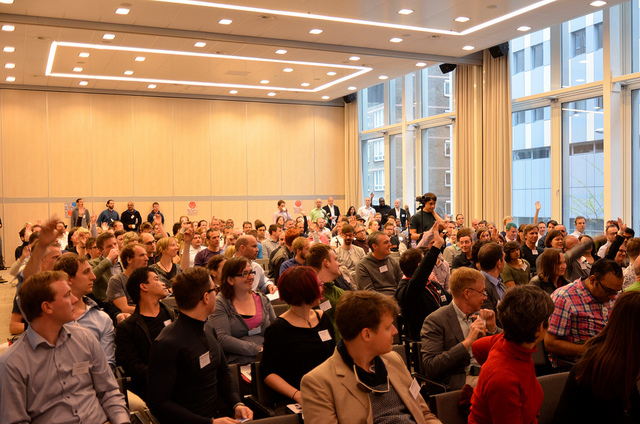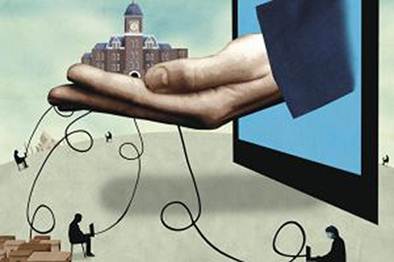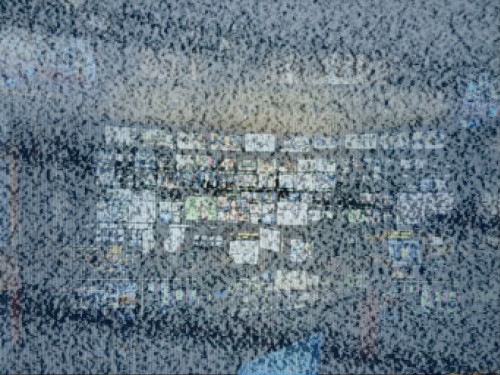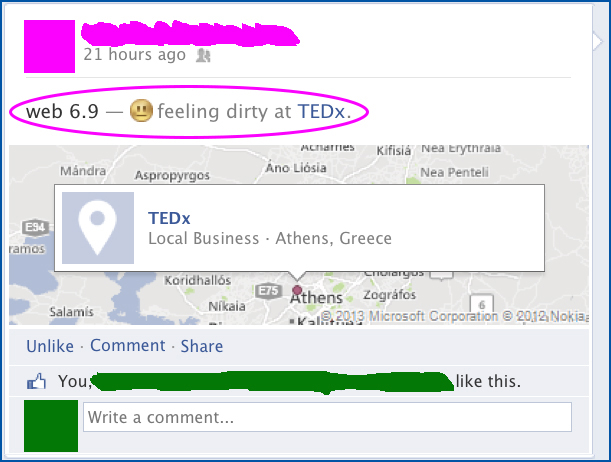
Here, there be spoilers.
For Christmas in 2004 I received every episode of the original series on VHS. Each tape contained two episodes separated by the kind of cheesy music you might expect from a local news daytime talk show in 1992. I watched all 30 or so tapes, multiple times, sometimes with my high school English teacher during lunch after he had finished sneaking a cigarette in his beat up Civic. I have fond memories of eating turkey sandwiches and laughing at William Shatner’s fighting style. But what was more important (to us anyway) than the unchoreographed fight sequences were the literary parables. I see no exaggeration or hyperbole when people describe Star Trek as a philosophy or a religion, but I see it much more as a political orientation. The crew might go where no one has gone before, but the show rarely strayed from the very basics of the human condition. Star Trek holds a mirror to the society that produced it, and J.J. Abrams’ trek is most certainly a product of the Endless War on Terror. more...









